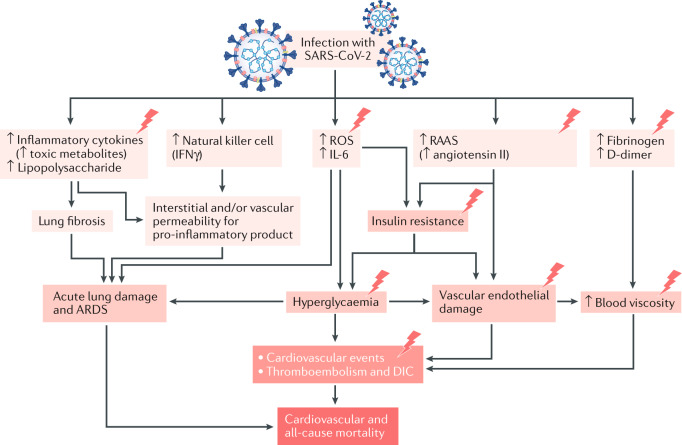Fig. 1. Potential pathogenic mechanisms in patients with T2DM and COVID-19.
Lightning bolts indicate mechanisms that are accentuated in patients with type 2 diabetes mellitus (T2DM). Infection with severe acute respiratory syndrome coronavirus 2 (SARS-CoV-2)7,239 can lead to increased levels of inflammatory mediators in the blood, including lipopolysaccharide240,241, inflammatory cytokines9,43,242,243 and toxic metabolites. Modulation of natural killer cell activity (increased9,39,50 or decreased242,244) and IFNγ production can increase the interstitial and/or vascular permeability for pro-inflammatory products243,245,246. In addition, infection with SARS-CoV-2 leads to increased reactive oxygen species (ROS) production243,247,248. These effects lead to lung fibrosis249, acute lung damage and acute respiratory distress syndrome (ARDS)9,250. ROS production and viral activation of the renin–angiotensin–aldosterone system (RAAS)249,251 (via increased angiotensin II expression) cause insulin resistance39,252, hyperglycaemia253 and vascular endothelial damage243,254,255, all of which contribute to cardiovascular events, thromboembolism and disseminated intravascular coagulation (DIC). Infection also causes increases in the clotting components fibrinogen60,256 and D-dimer43,242,257, leading to increases in blood viscosity146,243 and vascular endothelial damage, and associated cardiovascular events, thromboembolism and DIC. COVID-19, coronavirus disease 2019.

